Hardly a surprise as news of these CPUs was leaked long ago, but Intel has now launched the main part of its new generation of desktop processors during CES 2024 – the 14th-gen Core CPUs with 65W and 35W (nominal) TDP, i.e. regular models with a locked multiplier. Until now, only the 125W K models for enthusiasts have been on the market, but there’s finally more affordable models out, as well as the low-power T-labeled options. Read more “65W and 35W Intel Raptor Lake Refresh CPUs are available now”
Tag: TDP
RTX 4060 Ti and RTX 4070 will be power-efficient, TDPs slashed
It was all the way back in December that the overall specs of cheaper Ada generation GPUs, GeForce RTX 4070 and GeForce RTX 4060 Ti, became known. But it looks like they may be launched in a slightly different form than the company intended at the time. According to proven leaker Kopite7kimi, these graphics cards will have a significantly lower TDP than previous leaks have claimed, and could be quite low-power and efficient GPUs. Read more “RTX 4060 Ti and RTX 4070 will be power-efficient, TDPs slashed”
More Ryzen 7000 details: TDP and PPT, iGPU features and more…
We’ve already had an article about AMD’s Ryzen 7000 CPUs and what was revealed about them at Computex 2022, but we need to revisit them once more. AMD has since dropped more details about the features of these CPUs, new instructions and technologies. The situation around TDP and maximum power draw was also clarified, and AMD also said something about the reported performance numbers that caused a bit of a stir on Monday. Read more “More Ryzen 7000 details: TDP and PPT, iGPU features and more…”
GeForce RTX 4000 “Lovelace“ power draw might exceed 800 W
GPU TDPs have become a bit unhinged lately. Having breached the 300W barrier and then jumping up to 320-350 W, Nvidia is now even developing a 450 W card in the GeForce RTX 3090 Ti. However this might be nothing in comparison with what is about to come. It seems that not even the scary 600W number that we heard abotu earlier is the final destination. Nvidia’s next-gen is about to set the bar even higher (and not in a good way). Read more “GeForce RTX 4000 “Lovelace“ power draw might exceed 800 W”
More on AMD AM5: TDP to reach 120 W, more PCIe lanes, CPU’s look
We have recently covered the first info detailing the new AMD desktop platform for Ryzen 6000 processors (or 7000, we’ll see) that will introduce DDR5 memory. The source of this report has now provided more on the connectivity specs, as well as a picture showing what the processors for the AM5 socket might look like. But it also looks like the TDP will increase, perhaps due to the TDP increasing strategy of Intel’s. Read more “More on AMD AM5: TDP to reach 120 W, more PCIe lanes, CPU’s look”
Intel Alder Lake ES leaked: 4.6 GHz clock, high power draw
Interesting info has shown up about the upcoming Intel Alder Lake CPUs, the first big.LITTLE desktop CPUs. Igor’sLAB has covered a sample called Core-1800 with 16 cores and 24 threads. The ES already shows promising clock speed and boost values for different active core counts. Also notable is the power draw. Intel doesn’t seem to be about to return to more power-efficient CPUs despite the 10nm process, PL2 is still over 200 W. Read more “Intel Alder Lake ES leaked: 4.6 GHz clock, high power draw”
How can a pressure of a cooler affect its cooling performance?
One of the things that make testing of CPU coolers interesting is that you can never know how will a particular cooler perform. There are too many variables that affect the results. Such as the pressure on the processor, for example. We‘ve tried to find out what a weaker assembly system can cause, but also whether it pays off to cross the safe threshold. Read more “How can a pressure of a cooler affect its cooling performance?”
Arctic Freezer 33 tasting different heat intensities
From the previous tests, you already know that Freezer 33 loses its breath quite quickly in tower cases. But it does not have to be always like that – the distinctive performance difference between the vertical and the horizontal position appears only with certain cooling efficiency requirements. At 90 W, the cooler performs differently than at 180 W. Interesting is also the comparison on the “big” Haswell-E and on the “small” Kaby Lake. Read more “Arctic Freezer 33 tasting different heat intensities”







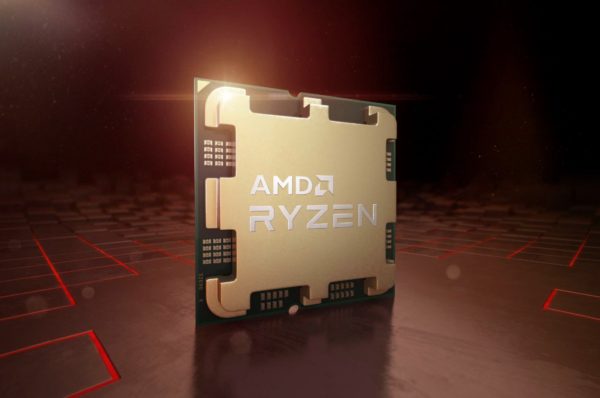
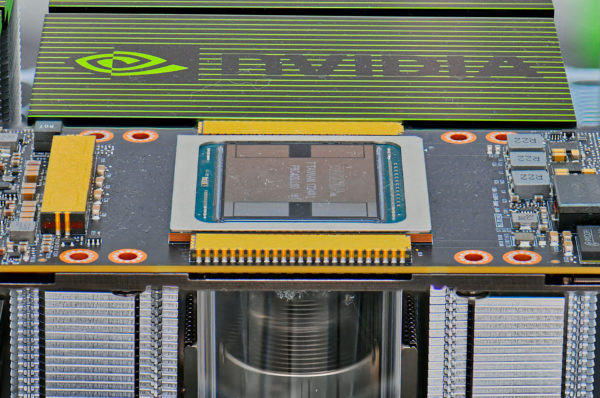
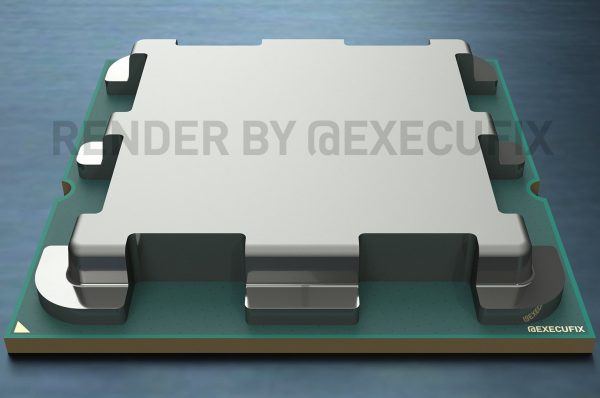
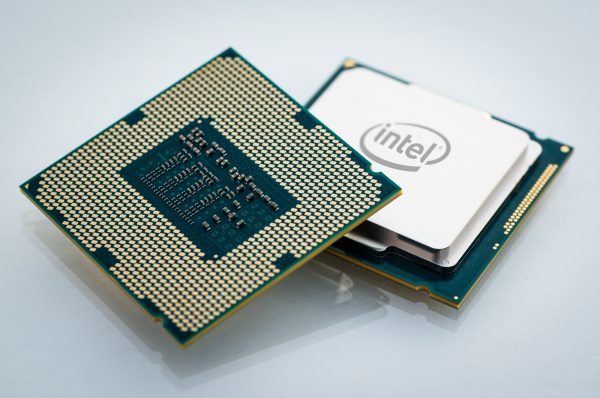
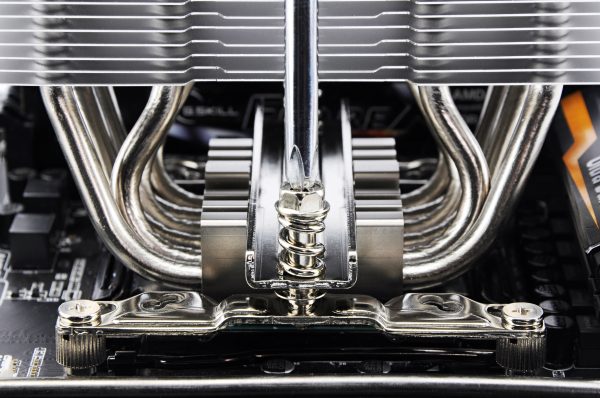
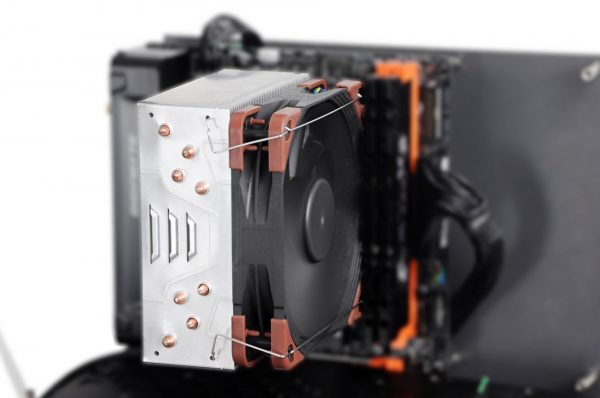



Latest comments